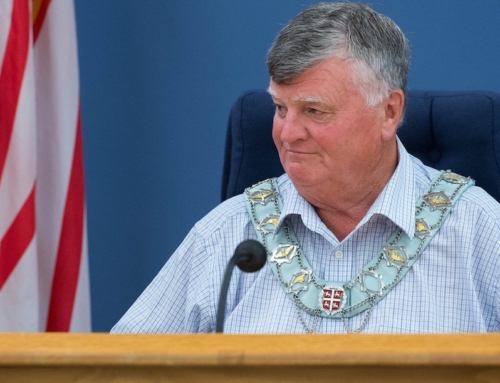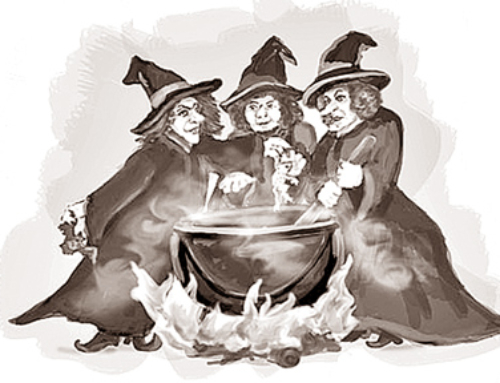
They’re coming, they’re coming … can the farmers save the urbanites?
Forty years of hindsight has yet to foster much foresight as most planners and politicians remain wedded to an economic model in which urban growth competes with rural interests. They still think we need to trade pristine farmland for Wal-Marts, Home Depots and herds of McMansions – not to mention a mega-incinerator – in order to increase urban conveniences and tax revenue. But as Jane Jacobs explained in here 1970 book, The Economy of Cities, growth comes from diversity, not endless suburbs, strip malls and industrial parks.
Towns like Port Hope and Cobourg should reexamine the myth of growing out and start growing up (no pun intended) by thinking like Portland, Oregon did 40 years ago: preserve agricultural land, increase height and density within current boundaries and invest heavily in downtowns as people places. It requires a different vision, even if it’s forty years late.
In the 19th and early 20th century, small towns grew out of rich agricultural heartlands and shared a symbiotic relationship of value and respect. But by the 1950s, towns were weaning themselves off the respect for land and starting to worship the gods of materialism and property taxes. The promise of easy revenue and jobs turned many town councils and planners into land-for-money prostitutes as they ignored the long-term balance and value of the rural-urban relationship. The growing out became a hollowing out as downtowns deteriorated and the land was paved with asphalt, as far as a politician’s eye could see.
If Jane Jacobs and Oregon were so prescient in the 1970s why was Mike Harris so shortsighted in the 1990s? Because Harris’s not-so-common-sense-revolution was based on cost efficiencies through forced consolidation and amalgamation, but Oregon’s common sense was rooted in long-term cost savings and balanced growth through rural and urban collaboration. And it has been worth it. They recognized that rural land contributes to urban living and is a primary reason why urbanites live next to rural settings where they have access to Nature’s rolling parkland and local farmers supplying local stores, markets and restaurants.
This inherent value should never be paved over or over taxed to the point that rural and urban citizens become divided and the latter are left living in hollowed out towns. Why would any Northumberland politician consider converting more farmland to commercial use without first investigating if there isn’t a better way to renew and grow a town? Why not visit Oregon to learn how to save farmland and towns versus visit Poland to see how to burn garbage for money?
It’s election time in Ontario and that’s an opportunity. More citizens need to get involved before our irreplaceable rural assets are gone and our urbanites move to greener pastures. Port Hope is reviewing its Official Plan and like Cobourg, trying to save and revitalize downtown. So why not challenge candidates to get Ontario to do what Oregon’s Governor did 40 years ago and have the farmlands help renew the towns rather than the towns degrade the farmlands – it might not be too late.





